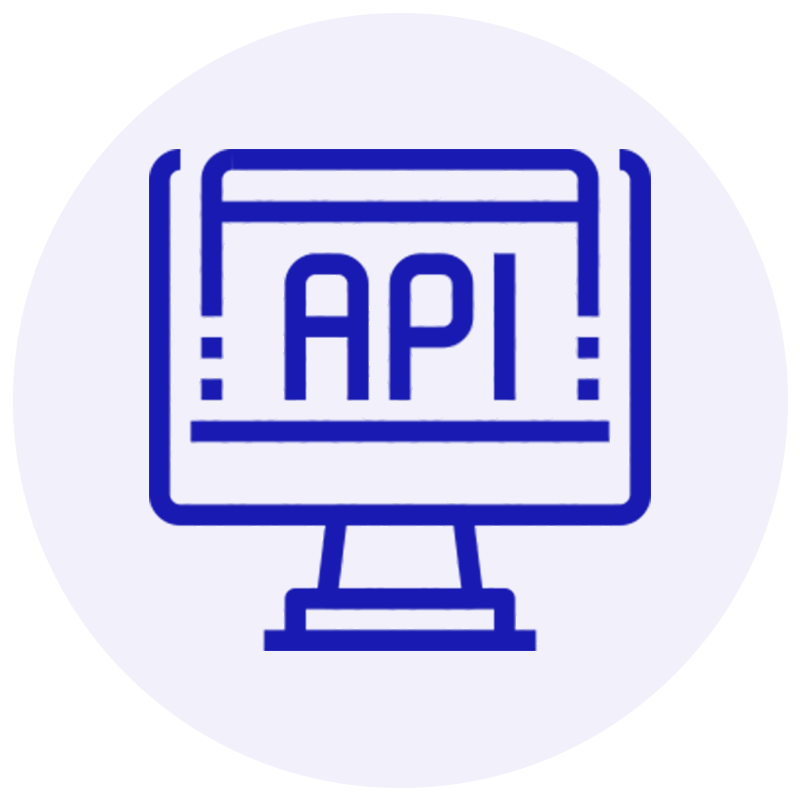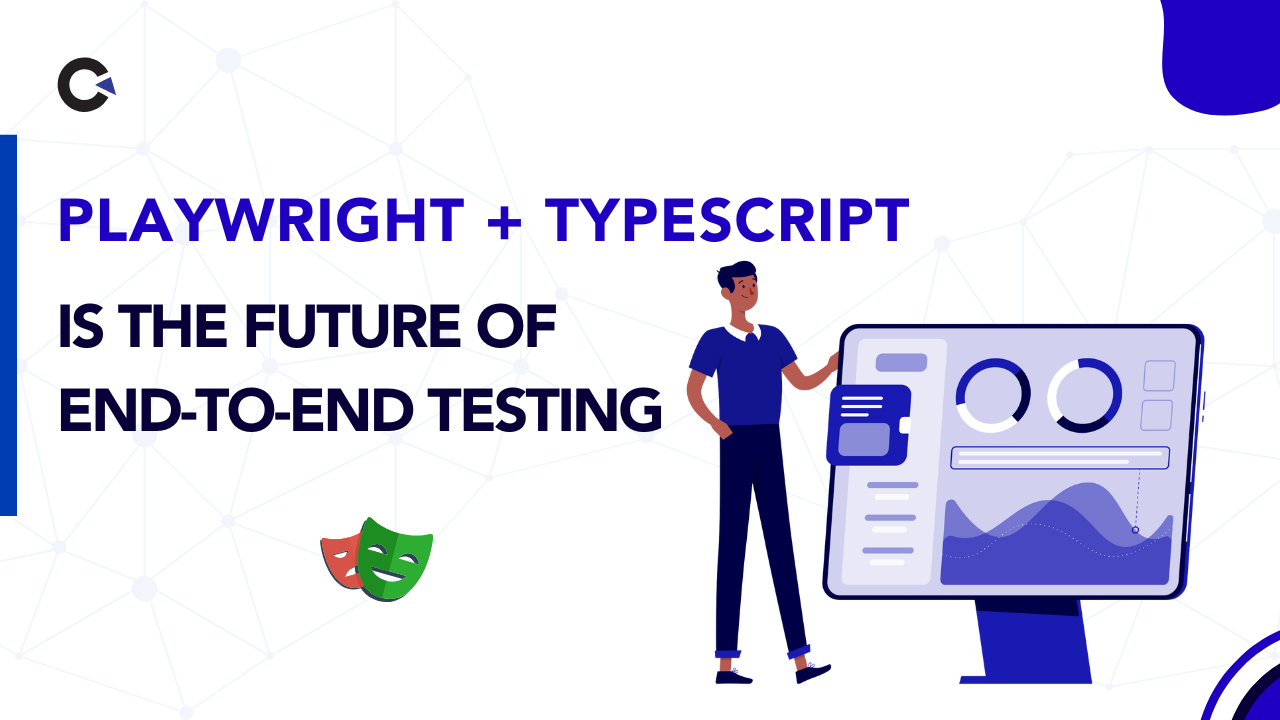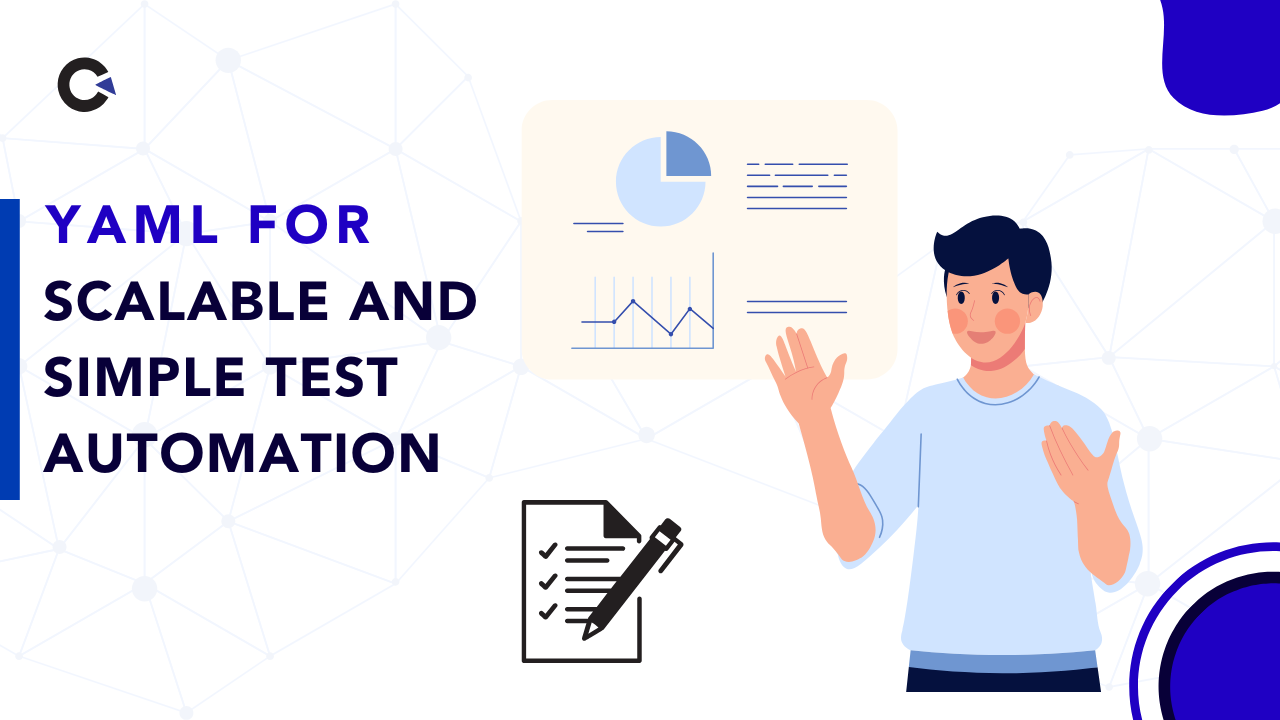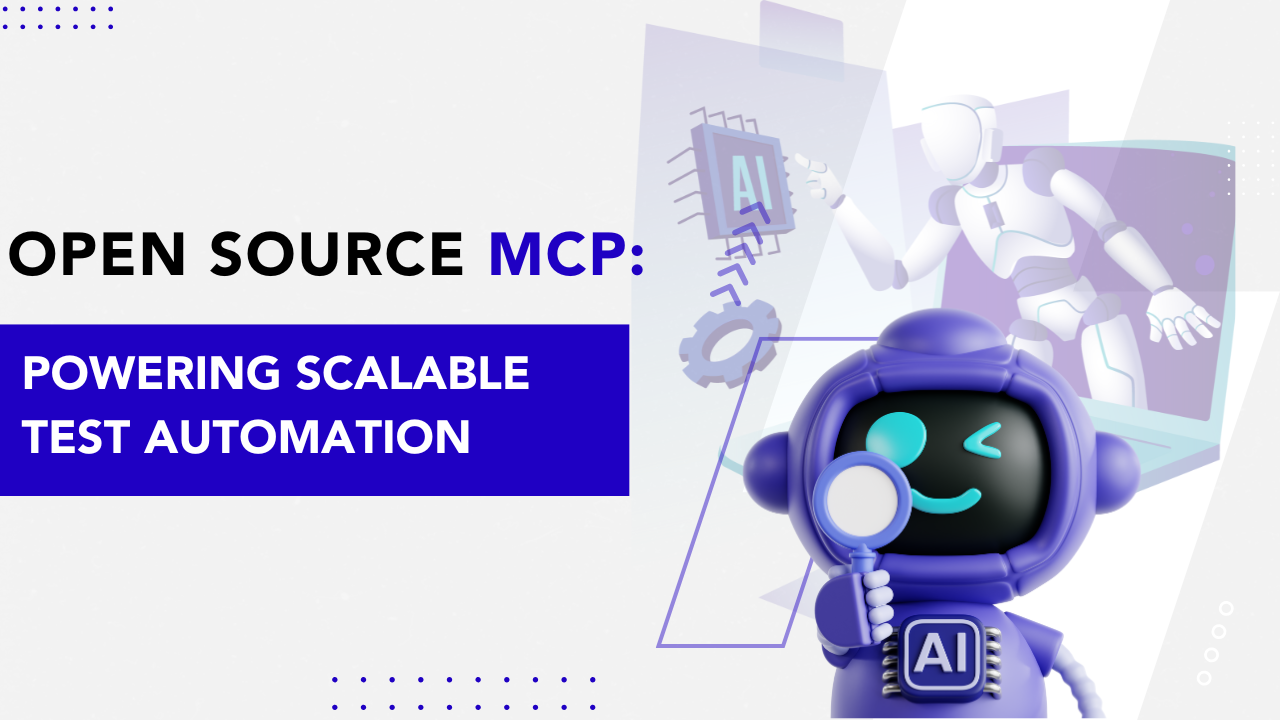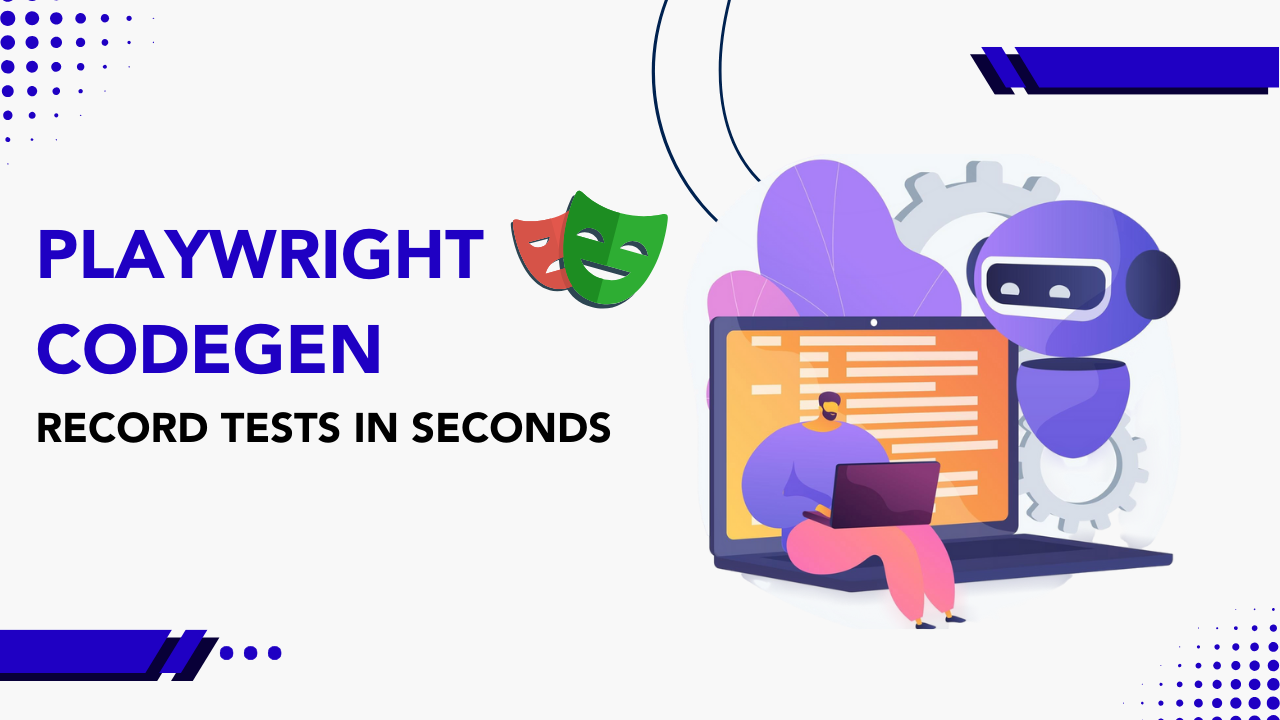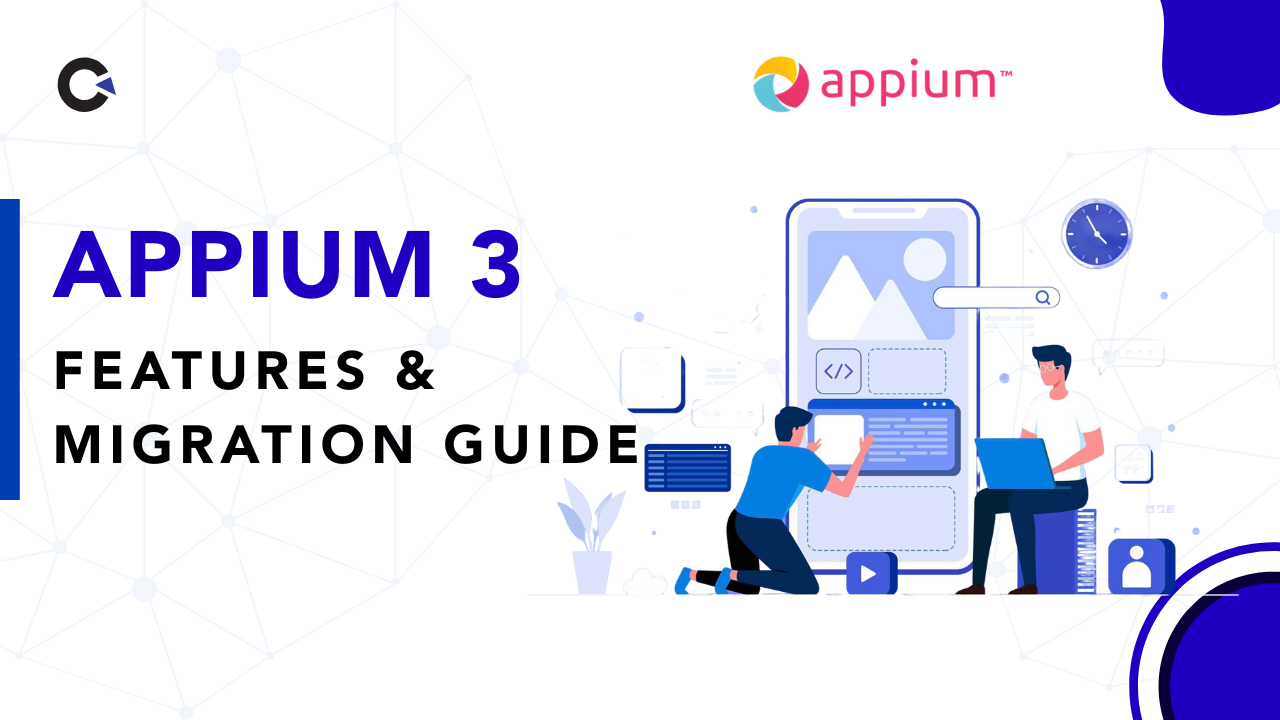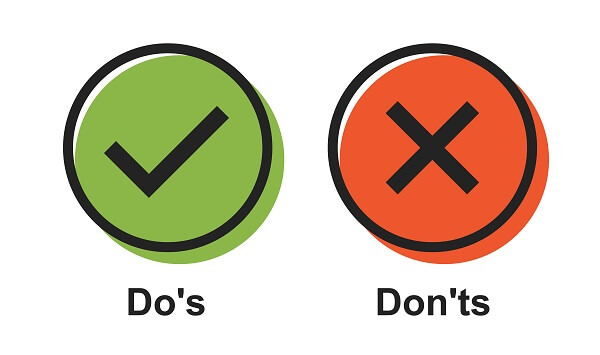
Coding Skills Essential for Test Automation Career
by admin | Mar 13, 2019 | Automation Testing, Blog | 0 comments
Digitization and automation have increased in ‘stature’ significantly over the years. They have become issues inciting concern, leading to action. Technological advancements are impacting the job market, and learning new skills in jobs roles is no longer an option. While some may have been negatively impacted by the explosion of test automation services, there are benefits too.

Some jobs today, the ones that follow repetitive and structured procedures, can be easily codified in software, thereby turning over the performance of such jobs to machines. The good news is that technology does not replace humans – it just frees the human resources to do better and more advanced jobs, such as coding.
With several automation testing companies, coding skills are becoming essential to be at the top of your game in the realm of test automation services. Today coding is becoming a job for all and the future too seems to hold promise. Businesses must remain efficient, and many modern ones use computerized automation within the workflows, and highly technical systems which require skilled personnel to work with them. This transition from manual work to digital finesse is something that most business owners now see as critical, and the workforce too must understand the importance of gaining such skills. Employers and potential employees need to understand that computerization is here to stay and transitioning to this method of working sooner will help development.
Whose Job is Coding and Debugging?
While it may seem that writing code and detecting bugs is the job of a developer, but that is not true, and we will enlist some reasons as to why coding is necessary for testers. As test automation companies are on the rise, there are several roles and uses for coding skills today. Testers need coding skills to make a successful career in a top Automation Testing Company for a variety of reasons.
Testing is of two types or it can be said that it follows two distinct approaches – manual and automation. The various testing techniques – white box, black box, or grey box – require testers to have completely different set of skills. Hence if black box testing does not require a tester to be skilled at coding, white box testing is completely code driven, and testers must have these skills in order to become successful in their career at any good test automation company.

The reason testers conducting white box testing need coding skills is because of the complexity and requirements of the automation testing involved. Testers would need to assess code coverage, statement coverage, cyclomatic complexity, and other aspects, and without in-depth knowledge of coding and database, this would not be possible. During the process of testing, database verification sometimes becomes necessary, and hence testers with knowledge of SQL commands will be better equipped to deal with the issues. In addition, if SQL injection is required, coding and commands become extremely helpful in averting any possible security risks and issues.
When performing agile testing, it is important to remember that while the whole team would be answerable with regard to the quality of the software, it will be the job of the tester to work closely with programmers to write test scripts. Without knowledge of coding, creating Selenium automated tests would be impossible.
In Conclusion:
Given the dramatic changes in employment and the manner in which technology is being utilized, modern day workforce would need to consider gaining skills that may previously have not been part of the normal rules of employment – coding is one such skill. Coding is not only for highly technically qualified or technologically inclined people – with so many Software Testing Companies hiring testers and coders, there is also a rise in inexpensive training in this realm, making it easy to gain the skill. The more skills an individual is able to gain, the better will be their chances of making a great career in test automation services.
It must be remembered that coding is not just another form of work or skill. Today the software development industry needs sharp minds – proactive thinkers, sagacious individuals, and those with the expertise and fire to create algorithms far better than ever conceived. The software development and testing domain needs testers who can code – it needs those who can adapt to the new technologies and get up to speed at a professional level. Not all developers know the realm of coding as they should, and companies are looking for people who are willing to move from other roles into the role of coding – given the high demand for this role. Connect with us if you are willing to make this transition, or you are a company looking for the best team to manage your testing and coding needs.

